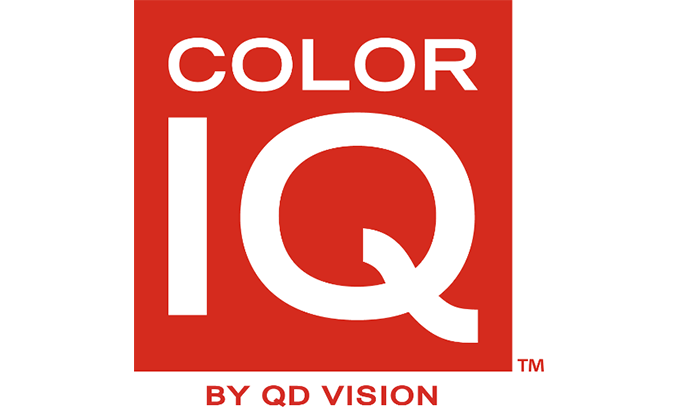Samsung Acquires Quantum Dot Tech Company QD Vision
by Brandon Chester on November 23, 2016 5:05 PM EST
Earlier this week Samsung confirmed that they have acquired QD Vision, the US-based provider of quantum dot technology for consumer displays. According to sources cited by SamMobile, the deal was confirmed ahead of its official announcement next week by Jung Chil-hee, the head of Samsung's Advanced Institute of Technology.
No details about the price of the acquisition are available yet, but from an observer's point of view it makes sense that Samsung would want to acquire companies working in the field of quantum dots. Samsung has been heavily pushing quantum dots in their newest televisions in order to increase their color gamut without having to make use of backlights with multi-color LEDs. With Ultra HD content being mastered in the DCI-P3 or Rec. 2020 color spaces, this has become a necessary feature in high end televisions and monitors for content creation.
QD Vision's technology works in a different manner from the technology Samsung currently uses in their televisions. In order to support HDR, televisions need to use full array backlighting so regions can be dimmed locally, and employing quantum dots in this situation requires a film layer between the backlight and the LCD array, which can be quite costly for larger displays. QD Vision's technology works with edge-lit displays and places tubes of quantum dots between the LEDs and the guide plate that distributes light across the display. I took a look at a monitor that uses QD Vision's technology earlier this year. It's not clear where Samsung plans to utilize QD Vision's technology, but the technology could play a big role in bringing wide color gamuts to lower cost displays, and QD Vision's technology and patents related to quantum dots would also have value to Samsung for further development of the technology in general.
Source: SamMobile










25 Comments
View All Comments
PVG - Wednesday, November 23, 2016 - link
Meh, buying technology to build crapier panels.I would rather see Samsung starting to drop LCDs and pushing OLEDs. I need those OLED prices to drop!
ajp_anton - Wednesday, November 23, 2016 - link
They need to drop LCD, yes, but replace it with QLED instead with quantum dots as individual pixels.PVG - Wednesday, November 23, 2016 - link
Whatever gets cheaper first is fine by me. I doubt qled will be it, but if it is, great.name99 - Thursday, November 24, 2016 - link
How do you pump the quantum dots?One interesting possibility (which I am unaware of in production, but which makes interesting technical sense) is to have QDots that are pumped by VCSELs. I imagine something like
- each QDot has a controlling transistor that determines whether it can be pumped or not
- edge VCSELs flood the screen with photons, and each "pumpable" QDot takes up some energy and the reradiates it at its (the QDot's) design wavelength.
The reason this strikes me as interesting is that VCSELs have become crazy efficient at energy->light conversion (substantially more so than LEDs) and they are small and cheap. They form a great pump mechanism, and QDots form a great mechanism for generating light of exactly the frequency you want (more efficient than phosphors). The only snag, it seems to me, is whether my scheme of somehow using a transistor behind each QDot to control whether or not it can be pumped by VCSEL photons is practical.
saratoga4 - Thursday, November 24, 2016 - link
Gan vcsels are insanely hard to make, and are mostly low milliwatt. Plus the light quality is poor due to speckle, and efficiency is limited as well. 800 nm or 1000nm are much better, but can't be used for pumping.Lord of the Bored - Monday, November 28, 2016 - link
They should replace it with SED!yannigr2 - Thursday, November 24, 2016 - link
I think the problem for Samsung is that LG holds all the good patents for OLED displays, that's why Samsung is pushing Quantum Dot. Without LG's patents they can't build cheap OLED panels for big TVs.jkampy - Wednesday, November 23, 2016 - link
I think it was a smart move. Grab up a key player in a technology that will eventually surpass OLED for color quality....and at a good price.Lolimaster - Thursday, November 24, 2016 - link
Color wise only a similar tech surpass OLED, nanoled/crystalled, the same thing as oled minus the organic component.zodiacfml - Thursday, November 24, 2016 - link
I hope they could use this on cheap panels for TVs and laptops.The blue light in cheap products is rather annoying.
They have the least saturation. Once you calibrate them for better white/grays, brightness drops drastically.
I have seen the performance of this tech on the Philips monitor here and it is quite impressive for displaying deep reds and greens.